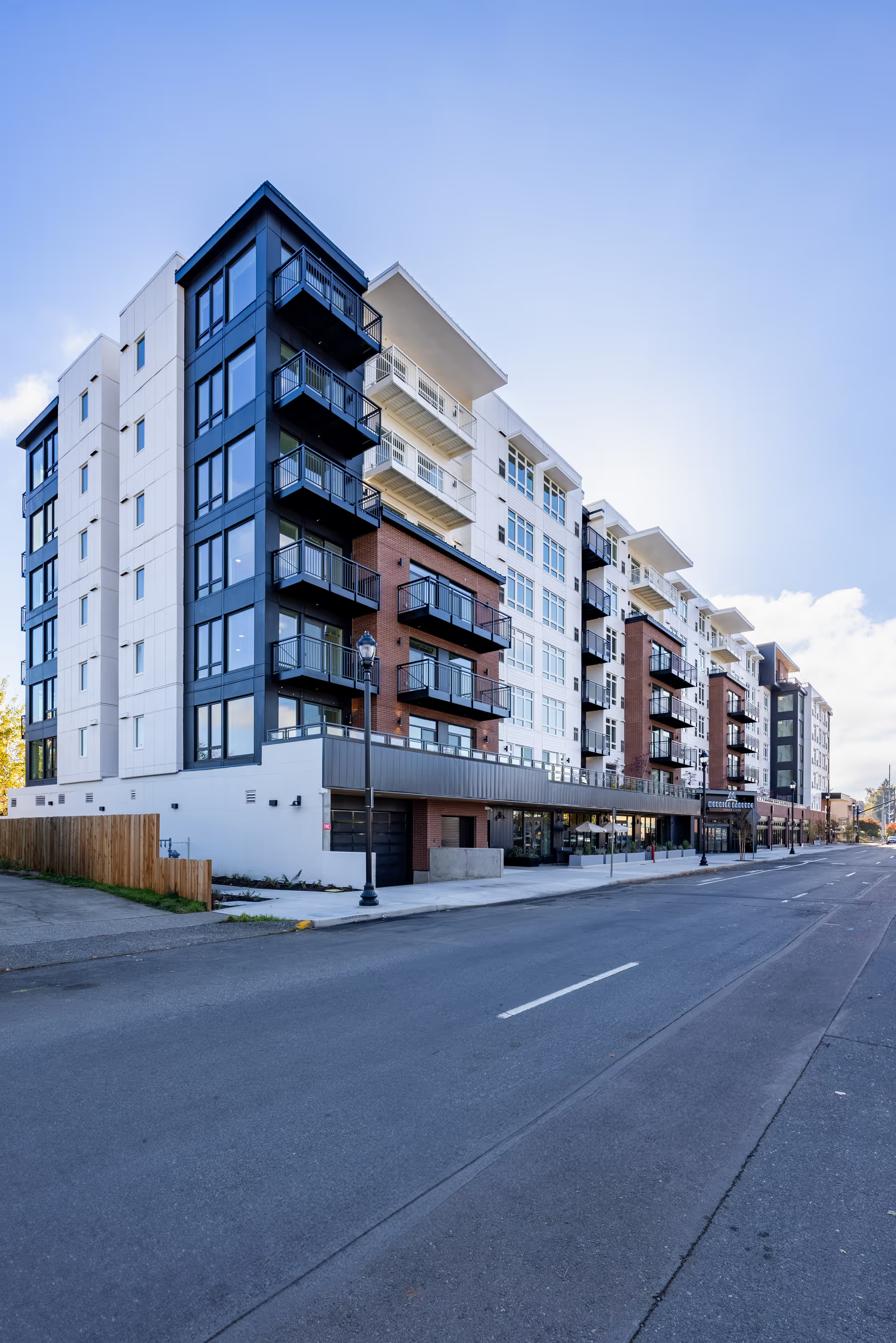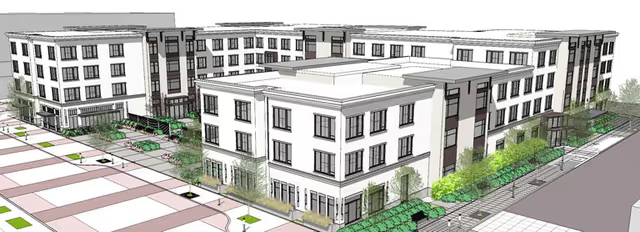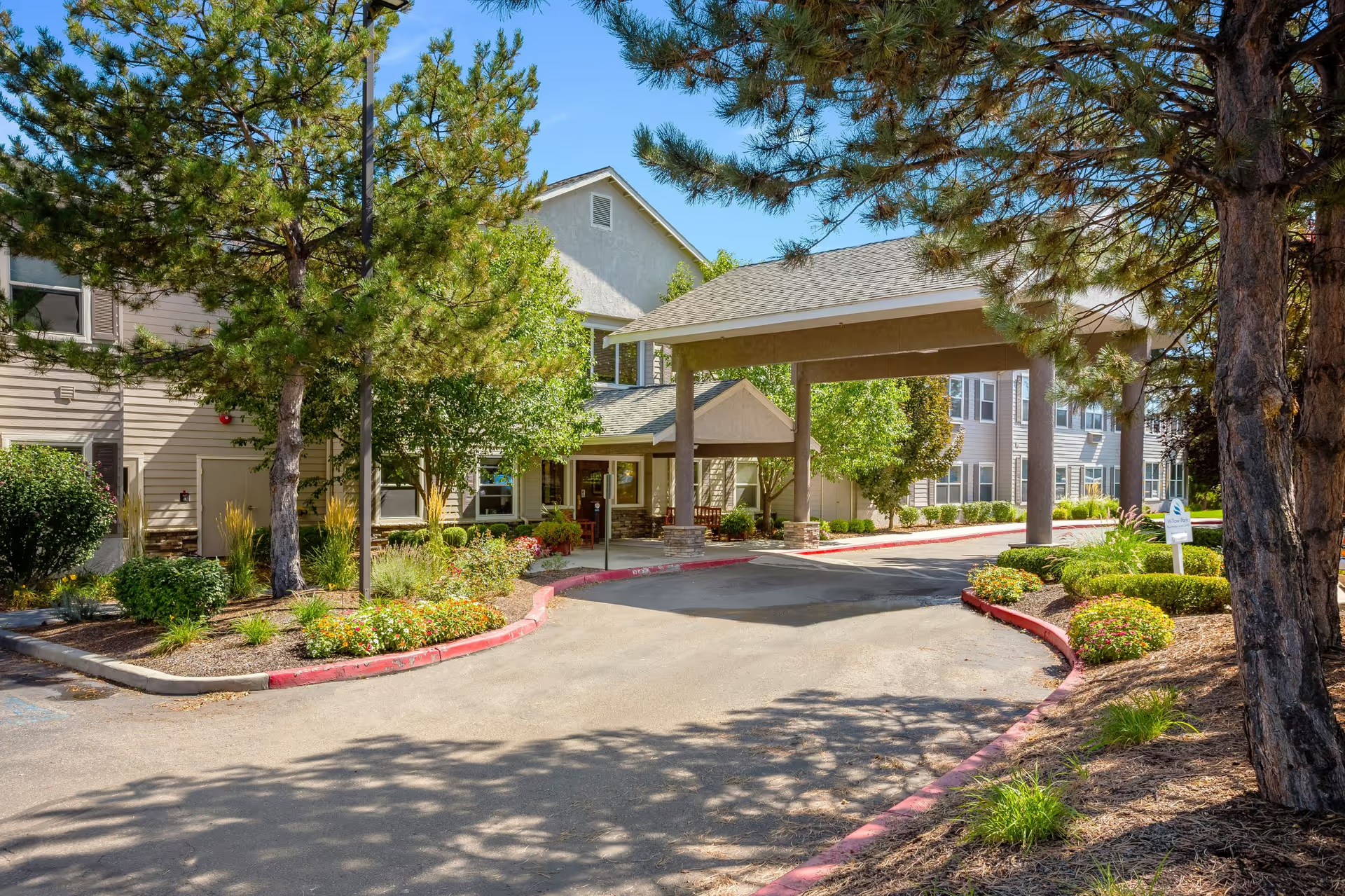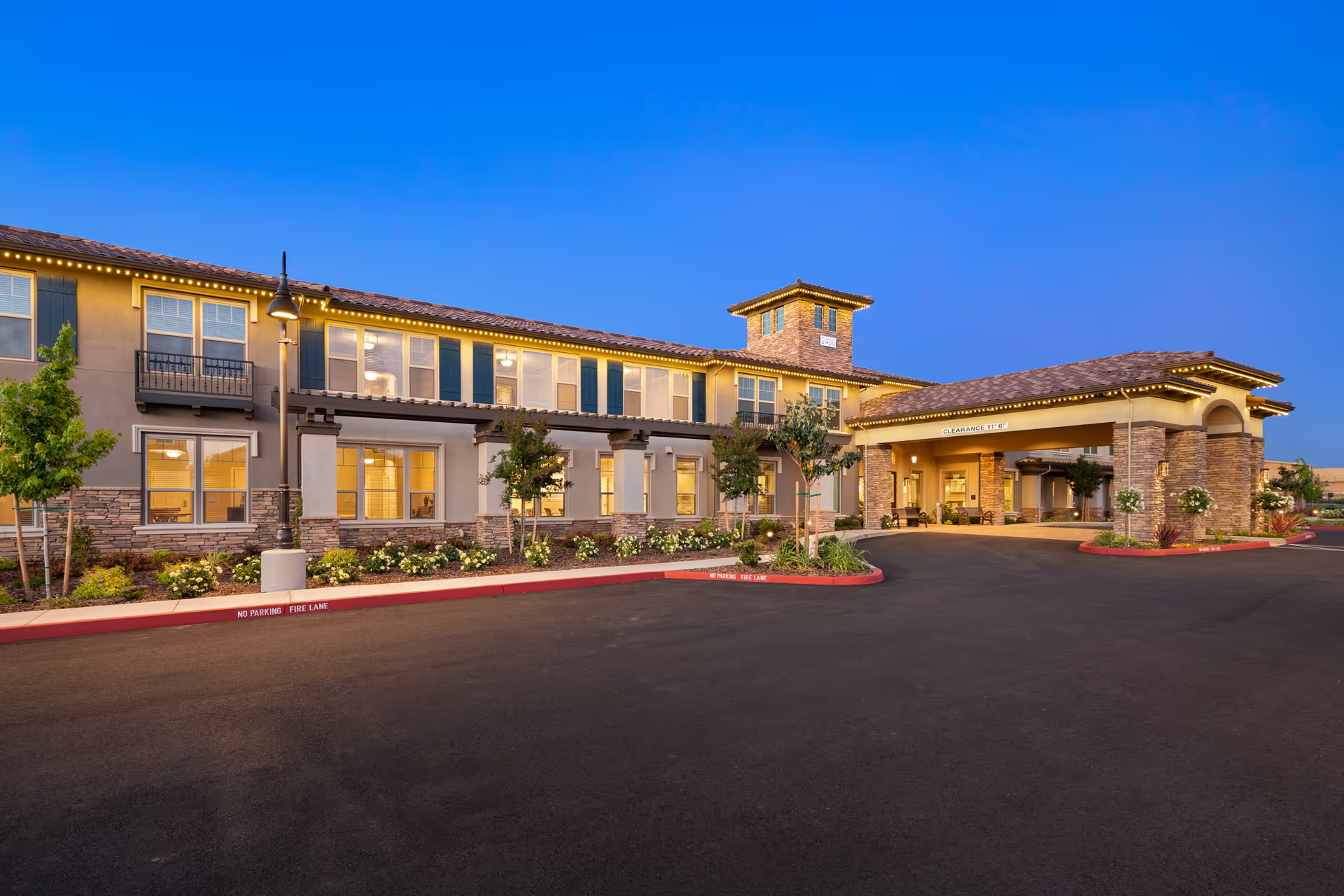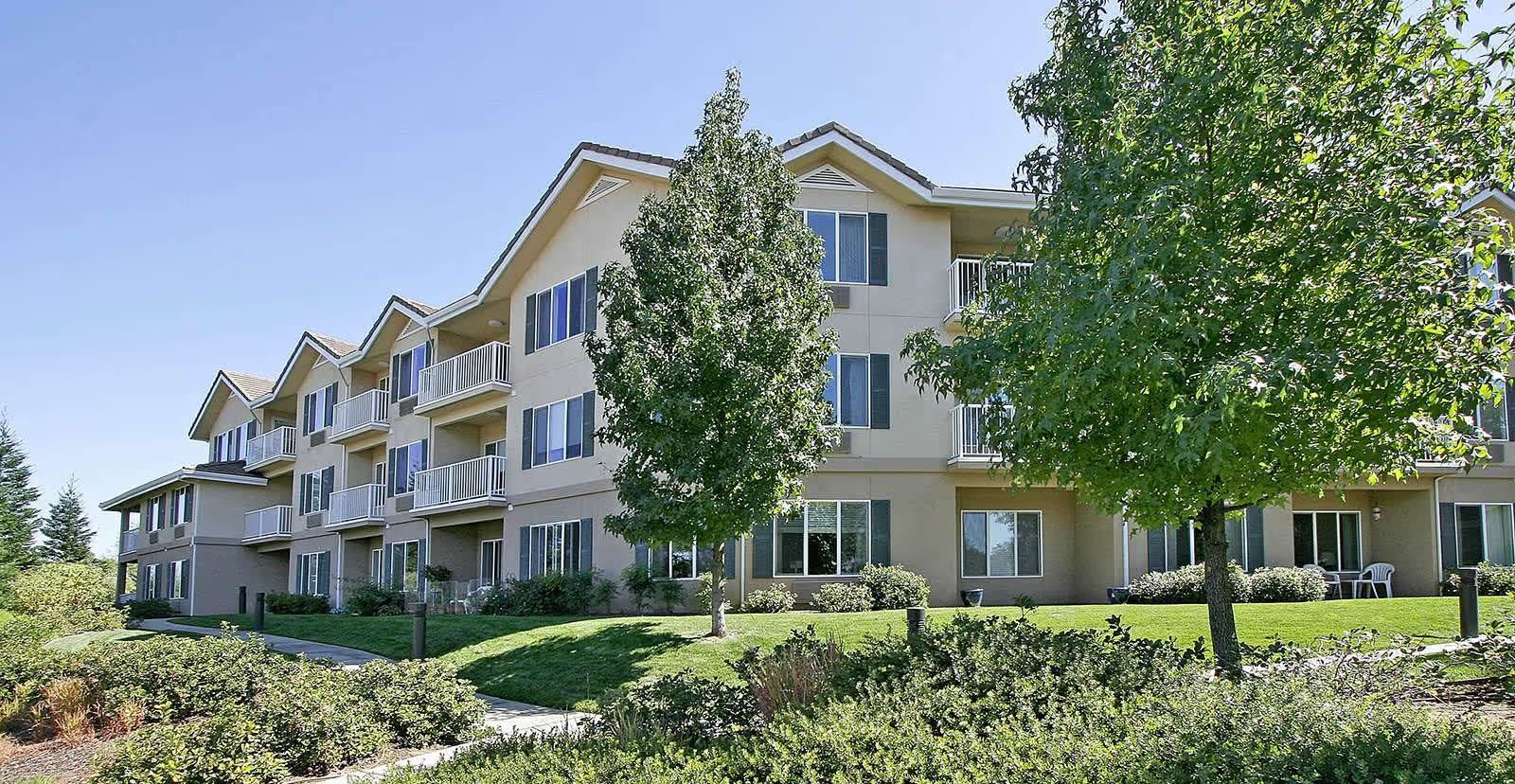The reviews of Nehalem Valley Care Center present a mixed but sharply divided picture. Many reviewers praise the facility for its therapy programs, the warmth and compassion of numerous staff members, and the pleasant physical environment. Occupational and physical therapy, in particular, receive consistent positive remarks: reviewers report effective rehab services and initial improvements after treatment. Multiple comments highlight a small‑town, welcoming atmosphere with well‑trained and kind caregivers, helpful management, a tasteful interior, and attractive grounds that include gardens and bay views. Flexible visitation options are also noted as a positive feature, which contributes to family satisfaction in many accounts.
However, alongside these positives are recurring and serious concerns about staffing, responsiveness, and clinical safety. Several reviews describe occasions of short staffing — notably on night shifts — and delays in nursing attention, with unanswered calls or slow responses to urgent needs. A handful of reviews recount critical clinical failures: one summary alleges a failure to recognize stroke signs, delayed medical attention after a patient refused medications, and a subsequent deterioration leading to coma and death, with no meeting convened with the director of nursing afterward. Other reports describe very short stays (for example, a two‑day stay) during which the patient's health declined, and emergency services were required. These accounts raise consistent concerns about communication, emergency recognition, and escalation protocols.
Staff behavior and management impressions are also mixed. Many reviewers use strong language to commend individual staff members — calling them incredible, kind, compassionate, and knowledgeable — and some specifically praise management as helpful. At the same time, other reviewers describe unprofessional behavior, a decline in kindness over time, mistreatment of residents, and an environment that felt unsafe or poorly managed. A few reviewers noted that traveling CNAs or external personnel stepped in during crises, suggesting reliance on temporary staff in some situations. Additionally, there are criticisms that the facility was unwilling to provide referrals or reassurance to families after adverse events.
Facility amenities and environment are consistently favorable in the reviews: the interior is described as nice, the grounds are attractive with gardens and bay views, and the overall atmosphere is described as small‑town and homey. Rehabilitation and therapy spaces appear to function well given multiple positive therapy/rehab comments. Nevertheless, the positive setting does not fully mitigate the concerns about clinical oversight and responsiveness highlighted by negative reviews.
Taken together, the reviews indicate a facility that can deliver high‑quality, compassionate therapy and has many staff who are praised for their care, but one that also suffers from variability in staffing levels, inconsistent responsiveness, and isolated but serious clinical and communication failures. The pattern suggests strong pockets of performance (therapy teams, some nursing staff, management visibility) coexisting with episodic lapses in safety and professionalism. Prospective residents and families should weigh both sides: confirm therapy and daily‑care strengths, but also ask specific questions about staffing ratios (including night shift), call‑bell response times, stroke and emergency protocols, incident reporting and follow‑up practices, and opportunities to meet nursing leadership before admission. These steps can help clarify whether the facility’s strengths are likely to be consistent for a particular patient’s needs and to mitigate the types of serious concerns reported by other reviewers.
